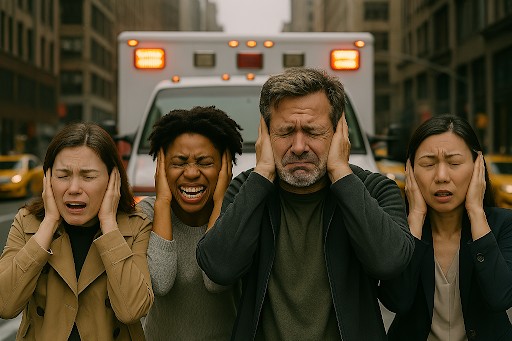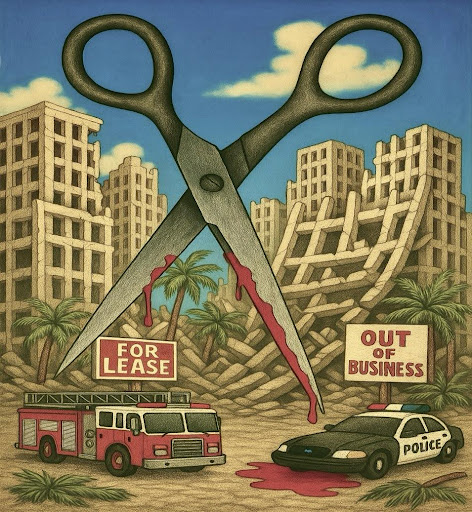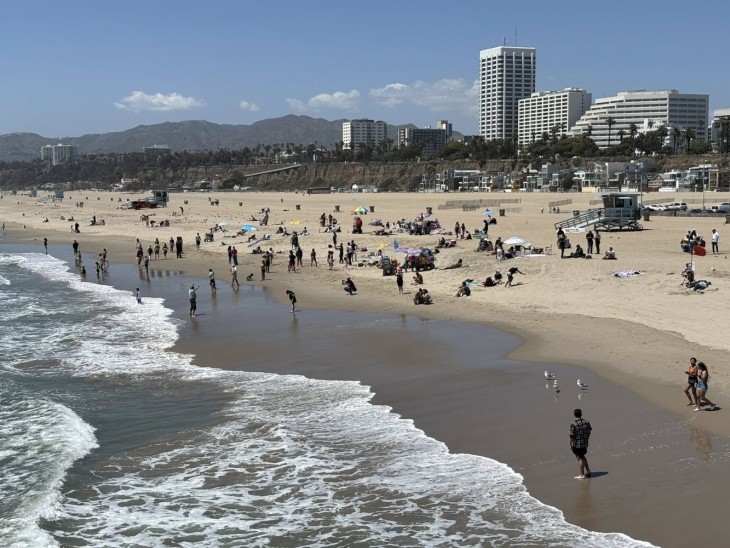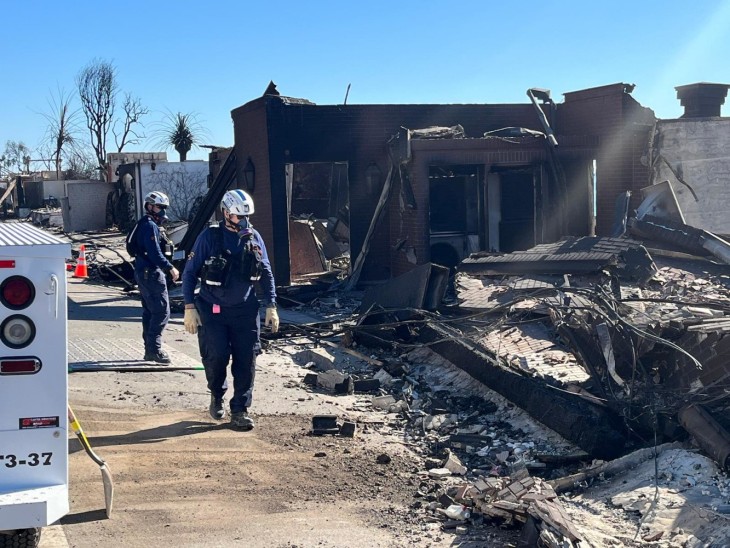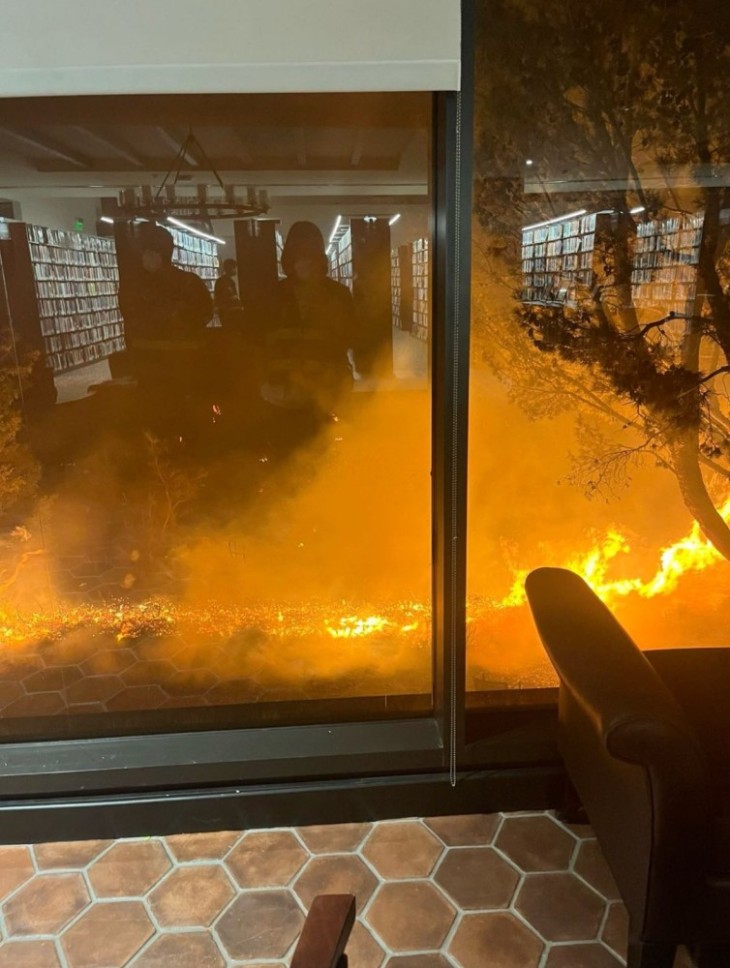Dr. Jonathan Weaver, a member of the medical staff at Saint John’s Health Center, believes “communicating ones wishes for treatment at the end of life is one of the most important discussions you can have. This can be a conversation with your physician or with your spouse or any person you designate to be your advocate.
He continues, “It is a discussion that is not frequently done and in fact only 30 percent of physicians polled have communicated their wishes with their own doctor regarding end of life care.”
Dr. Weaver will discuss a practical approach on how to conduct end of life decisions with your doctor and how doctors approach end of life care for themselves at the St. John’s panel discussion on “End of Life Care.”
Santa Monica Main Library April 16 2-4 pm and April 17 6:30-8:30 pm (for reservations call 310.829.8453).
Other panelists and facilitators include: Ross Kino MD, Medical Director, Emergency Services; Brian Madden MD, Medical Director Palliative Care; Nancy Parks, RN, Palliative Care Nurse Coordinator; Cynthia Lane, RN, Director Case Management and Social Services; and Paul Schneider, MD FACP, President, Southern California Bioethics Committee Consortium.
Why care about this? If you want the physician and the medical staff to respect your wishes when you are in the hospital, if you are unexpectedly in an accident or become severely ill at a young age, if you are elderly and have an illness or a disease, if you want your health care values and beliefs to be respected, it is worth it to care.
An example of when it’s important to have your wishes known ahead of time is with CPR (cardiopulmonary resuscitation). When you hear someone talk about CPR is your image one of a TV actor playing a buff lifeguard pushing on a swimmer’s chest and administering mouth-to-mouth resuscitation restoring the swimmer to breath and life?
That is one kind of CPR. In the hospital a patient with no heartbeat might need in hospital CPR where their ribs are cracked and the rib cage opened so the heart can be accessed directly. Emergency or operating room CPR saves lives and is an essential protocol in the hospital. But is it always the right thing to do?
Is the patient fundamentally healthy but has stopped breathing due to a trauma and can be restored to health or was the person in a serious auto accident, having no discernable heartbeat, and with irreversible brain damage causing the loss of cognitive capacity? In these completely different scenarios the patient, or the patient’s advocate, must direct the physician.
Physicians make medical decisions and offer medical advice. Patients have the right to autonomy and the right to accept or reject medical care based on their own health, their values, and beliefs.
So how do you keep your autonomy even if you can no longer speak for yourself? One way is through an Advance Health Care Directive informing physicians of your health care decisions. Another is to authorize a person to be your advocate when you can’t speak for yourself.
If only 30 percent of doctors think this is important, why should the rest of us? We have learned form the Johns Hopkins Precursors Study (a longitudinal study following Johns Hopkins trained physicians) that doctors often “forego the same end of life treatments they offer to patients.” (Doctors Die Differently by Arline Kaplan June 29, 2012 Psychiatric Times)
Ken Murray MD, a Clinical Assistant Professor of Family Medicine at USC and one of the physicians in the Hopkins Precursors Study, is the author of the Zocalo Public Square essay “How Doctors Die: It’s Not Like the Rest of Us, But It Should Be”.
He writes, “It’s not a frequent topic of discussion, but doctors die, too. And they don’t die like the rest of us. What’s unusual about them is not how much treatment they get compared to most Americans, but how little. For all the time they spend fending off the deaths of others, they tend to be fairly serene when faced with death themselves. They know exactly what is going to happen, they know the choices, and they generally have access to any sort of medical care they could want. But they go gently.
“Of course, doctors don’t want to die; they want to live. But they know enough about modern medicine to know its limits. And they know enough about death to know what all people fear most: dying in pain, and dying alone. They’ve talked about this with their families. They want to be sure, when the time comes, that no heroic measures will happen – that they will never experience, during their last moments on earth, someone breaking their ribs in an attempt to resuscitate them with CPR (that’s what happens if CPR is done right).
“Almost all medical professionals have seen what we call “futile care” being performed on people. That’s when doctors bring the cutting edge of technology to bear on a grievously ill person near the end of life. The patient will get cut open, perforated with tubes, hooked up to machines, and assaulted with drugs. All of this occurs in the Intensive Care Unit at a cost of tens of thousands of dollars a day. What it buys is misery.
“If there is a state of the art of end-of-life care, it is this: death with dignity. As for me, my physician has my choices. They were easy to make, as they are for most physicians. There will be no heroics, and I will go gentle into that good night.”
Dr. Murray is clear about his values and has communicated them to his physician and has shared them with us. For everyone, getting to clarity takes some work. Hearing from medical professionals might just be a good way to get started in figuring out your own beliefs and values.
What Say You?



